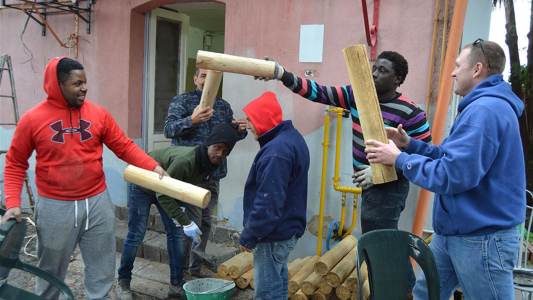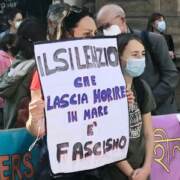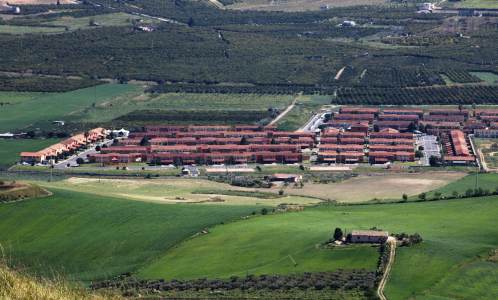Messina and Catania: Recent Rescues from the Sea and from Torture in Libya
At around 8am on the morning of 24th April, the Sea Watch 3 was allowed into the port of Messina.
The NGO’s Dutch vessel carried 94 migrants, of whom 74 are originally from Eritrea, with the other 20 passengers coming for the most part from Subsaharan East Africa. Sixteen of them were women, two newborns and 11 unaccompanied minors.
According to the representative from Sea Watch, this was not the first attempt that many of the migrants had made to cross the Mediterranean. Many of them had been captured by Libyans more than once and sent back to their prisons. Many of them had been in Libya for months – and in some cases years – and recounted of being detained in prison in the city of Beni Walid, and of having suffered torture and rape.
As soon as they disembarked, the migrants were surrounded by a full team of staff from the Red Cross, while the various police agencies and the Coast Guard monitored the medical checks from a few metres away.
 At the end of the landing operations, the people were swiftly loaded onto a big white bus that left the dock at around 12.30, escorted by a police car. Only two people, a man and a woman, were silently taken away in an ambulance; despite everything they wore radiant smiles.
At the end of the landing operations, the people were swiftly loaded onto a big white bus that left the dock at around 12.30, escorted by a police car. Only two people, a man and a woman, were silently taken away in an ambulance; despite everything they wore radiant smiles.
The rescue operation – that concluded without great problems in the Nuremburg dock in Messina – was initiated by the central control in Rome, who told the crew of the Sea Watch 3 that there was a rubber boat in distress in an imprecise location in Mediterranean waters, around 120km from the Libyan coast. Shortly after this report, the central control in Rome recontacted the NGO ship to comunicate that the responsability for the rescue operation had been transferred to the Libyan Coast Guard.
This transferal of responsability would have condemned a hundred people to return to violence and torture (as demonstrated by the witness accounts gathered at the last landing).
During the rescue of April 24th, those on board the rubber boat jumped in the water upon seeing the Libyans, rusking death by drowning in order to not be taken back to Libya. They were then saved by the Swa Watch 3’s RHIBS and brought to a safe port, while another landing was taking place in the port of Catania.
At the Catanian port, another rescue operation came to an end between 24th and 25th April, carried out by a German vessel belonging to the European military operation ‘EUNAVFOR Med’, on board which 500 migrants were placed, about whom we have no further information however.
Vittoria Fiore
Borderline Sicilia
Project “OpenEurope” – Oxfam Italia, Diaconia Valdese, Borderline Sicilia Onlus
Translation by Richard Braude





